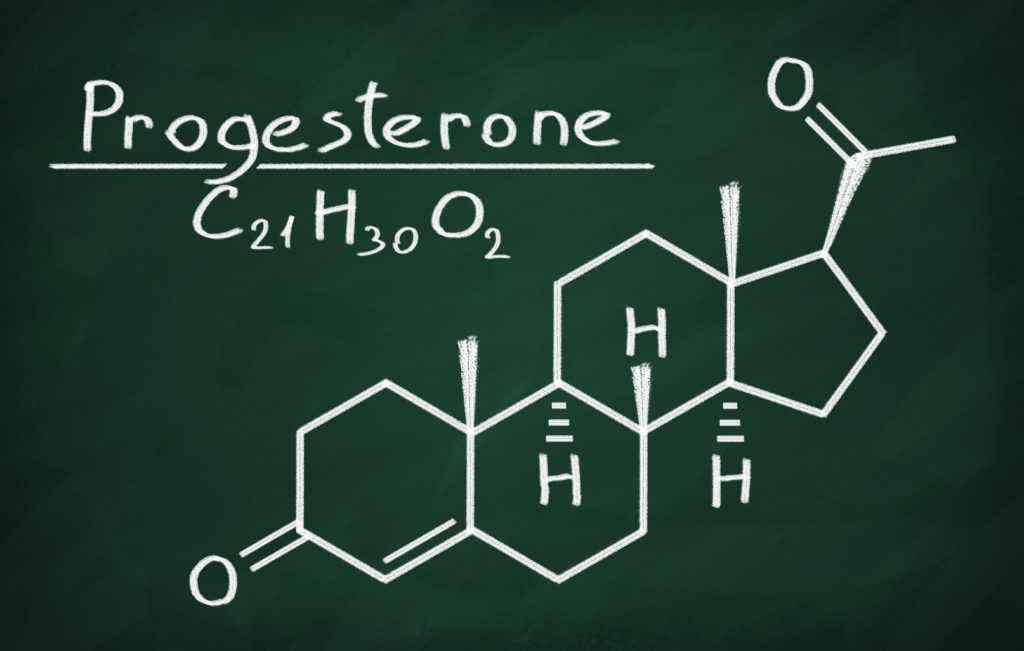Hormones
Do you have low Progesterone?
Progesterone is a critical hormone our bodies require to function well. It is needed for fertility, thyroid health, weight management, and just to feel good in general.
When you don’t have enough progesterone – or the progesterone you have is overtaken by estrogen, a whole range of negative symptoms can develop which can have a very serious impact on our health.
This issue is often misunderstood or missed completely by medical professionals and can lead to inadequate or unnecessary treatment.
What are some of the symptoms of low progesterone?
- Fertility issues (difficulty conceiving, miscarriages)
- A history of PCOS (PolyCystic Ovary Syndrome)
- Low thyroid function
- Intense PMS
- Low libido
- Unexplained, irrational or uncontrollable emotions
- Changes in menstrual cycle
Progesterone levels can also be severely affecting after childbirth, and during perimenopause and menopause.
One of the most common issues that affects progesterone levels is when the levels of estrogen become too high, leading to ‘estrogen dominance’
What is Estrogen Dominance?
Estrogen dominance is extremely common for women and can wreak havoc on our hormonal system. What is it – well too much estrogen?
Estrogen and Progesterone tend to balance each other out, this is how it is supposed to work in a healthy body. However, when the body creates (or receives) too much estrogen, the balance goes out, we become estrogen dominant.
This can often be diagnosed by testing higher for serum estrogen, but also just through checking through the list of tell-tale symptoms and seeing how many we have.
How can estrogen dominance affect our thyroid hormones? When estrogen is taking over, and suppressing progesterone levels, our liver creates a protein called thyroid binding globulin or TBG – this goes through your bloodstream and actually binds up free T3 and free T4 well before they can be utilized by the body.
This is turn can create many of the symptoms of hypothyroidism, however when our thyroid labs are tested, they can often appear ‘in range’. This can be confusing, frustrating, and may even lead to misdiagnosis.
What are the options to fix low progesterone or estrogen dominance?
- Avoid phytoestrogens, especially soy.
- Reduce xenoestrogens – often found in plastics.
- Reduce makeup use or replace with natural alternatives.
- Avoid hormonal birth control.
- Find ways to reduce stress.
- Consider supplementation with bio-identical progesterone.
When symptoms of low progesterone or estrogen dominance are present, it is important to get the diagnosis and treatment right.
Seeing a functional or holistic medial professional is ideal as they can guide lab testing, help to interpret results, and consider a range of a range or natural and traditional treatment options.
It is also most important to educate yourself on the important role progesterone plays in our bodies, the common symptoms low progesterone (or estrogen dominance) produce, and the many options available to restore a healthy balance.

